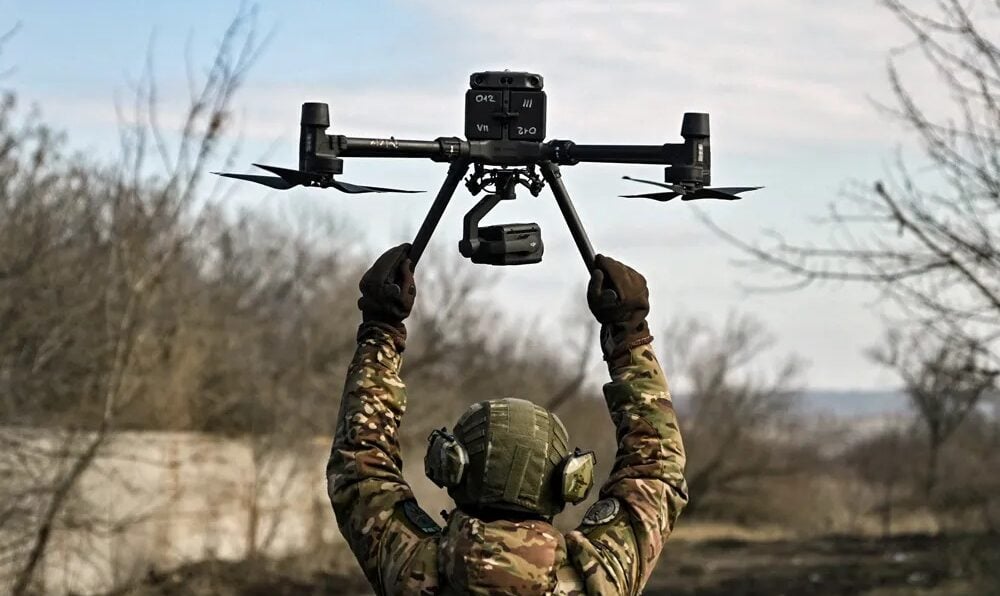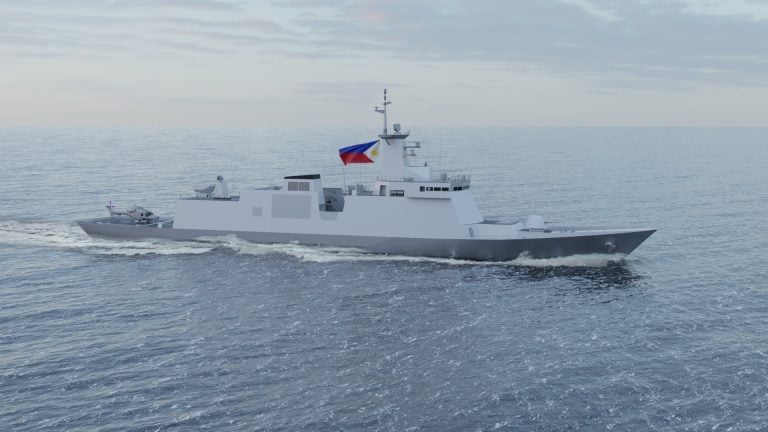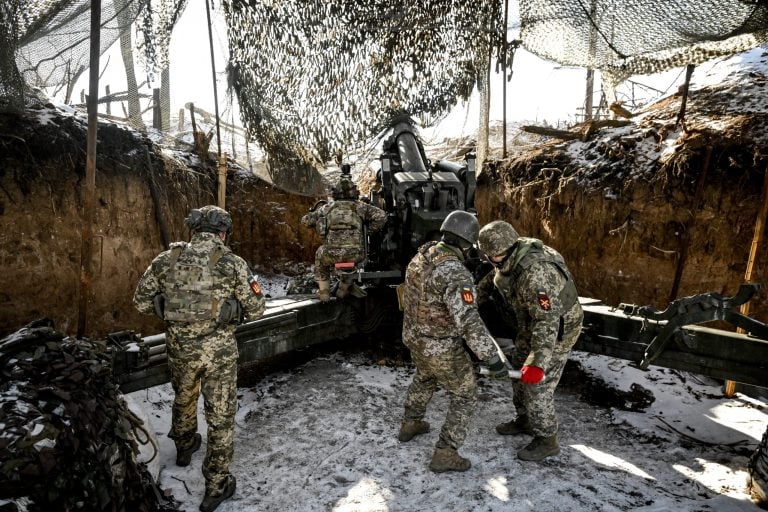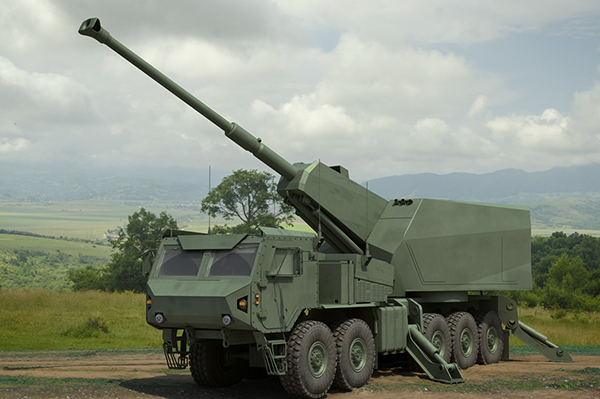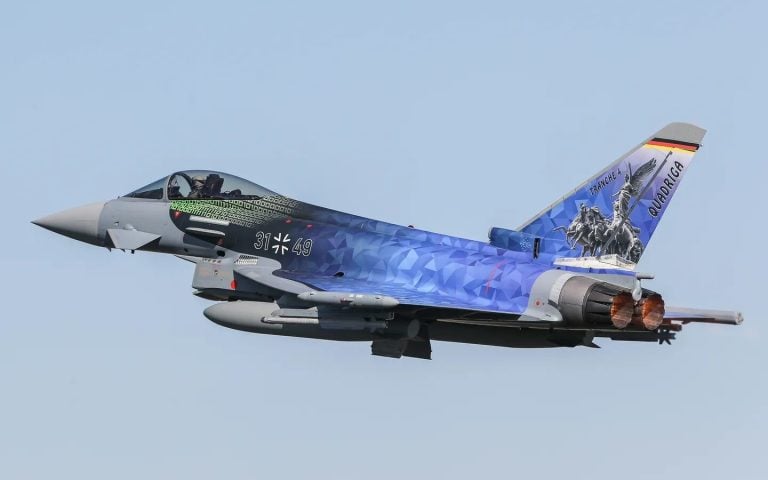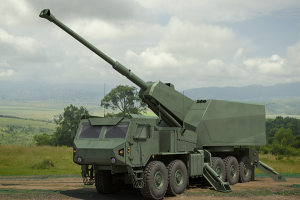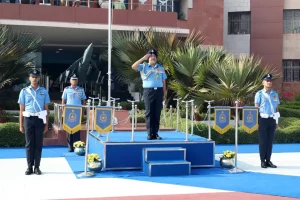A combat drone, believed to be of Ukrainian origin, deviated from its intended course and detonated over Estonia, though no casualties were reported. This incident, confirmed by the Baltic state known for its close ties to Ukraine, occurred on Tuesday.
Debris from the drone was located by an agricultural worker near Tartu, a town located approximately 75 kilometers (45 miles) from the Russian border. Margo Palloson, the director general of Estonia’s Internal Security Service (ISS), indicated that preliminary assessments suggest the drone was likely on a mission targeting Russian objectives.
Palloson elaborated that the drone’s trajectory was altered due to Russian GPS jamming and other electronic warfare techniques, leading it into Estonian airspace. The Estonian Prime Minister, Kristen Michal, reiterated that Russia has a history of employing GPS jamming tactics to disrupt both air and maritime operations in the region.
The incident follows a pattern of drone incursions reported by neighboring countries of both Russia and Ukraine, with authorities in these nations frequently raising alarms about violations of their airspace. Just last week, Poland’s defense minister condemned Russian actions as provocations after a Russian drone crashed and exploded in a field in eastern Poland, miraculously resulting in no injuries.
In light of the ongoing conflict, Warsaw pointed out that similar drone incidents have been logged in Romania, Lithuania, and Latvia, highlighting that airspace violations are increasingly common across many NATO countries, especially in Scandinavia and the Baltic States.
The tense atmosphere over drone activity is further underscored by a past incident in November 2022, when a Ukrainian air defense missile mistakenly struck a Polish village, claiming the lives of two civilians. Such occurrences amplify the delicacy of regional security as the conflict between Ukraine and Russia continues to unfold.
